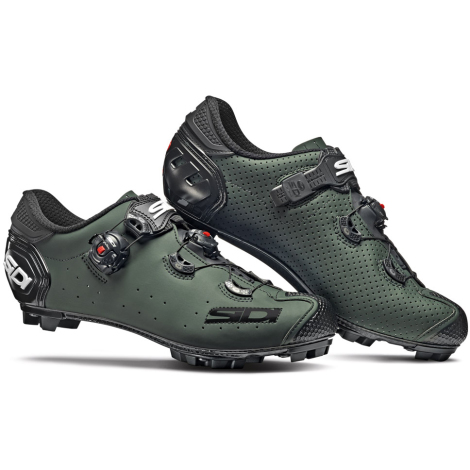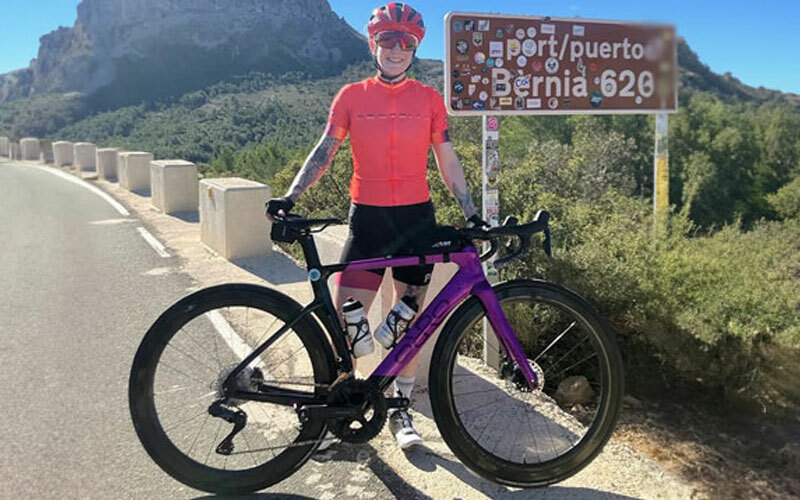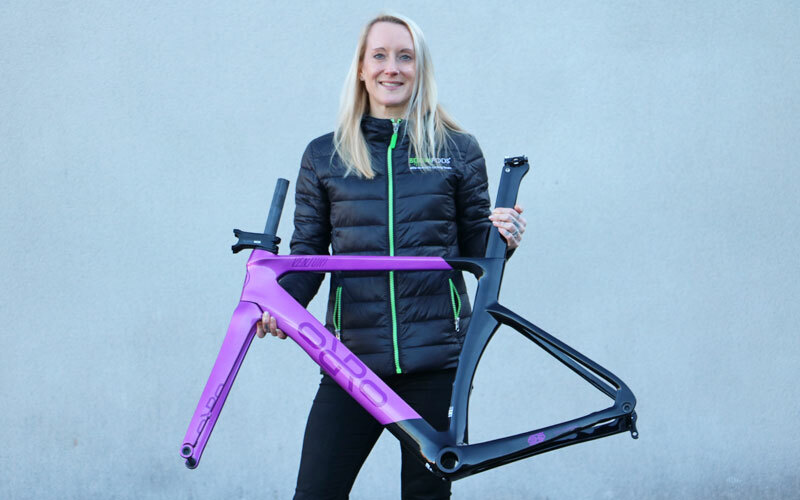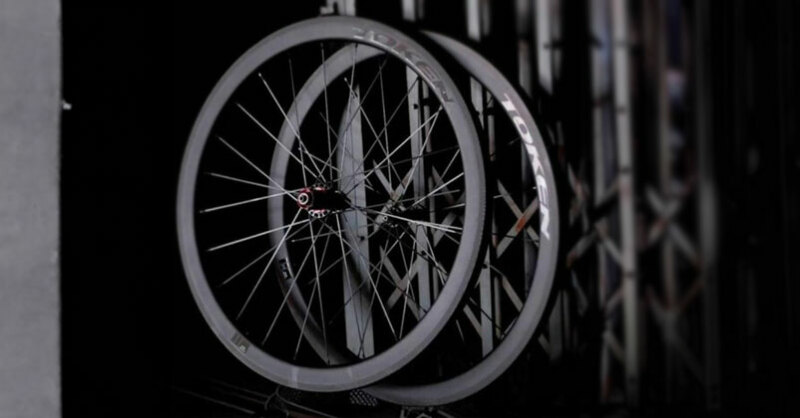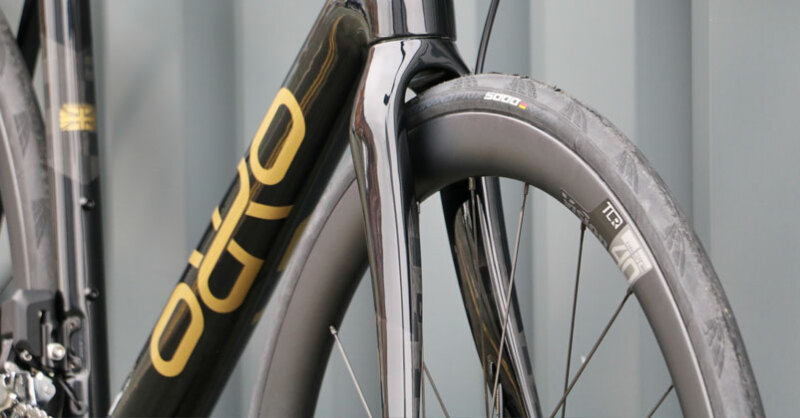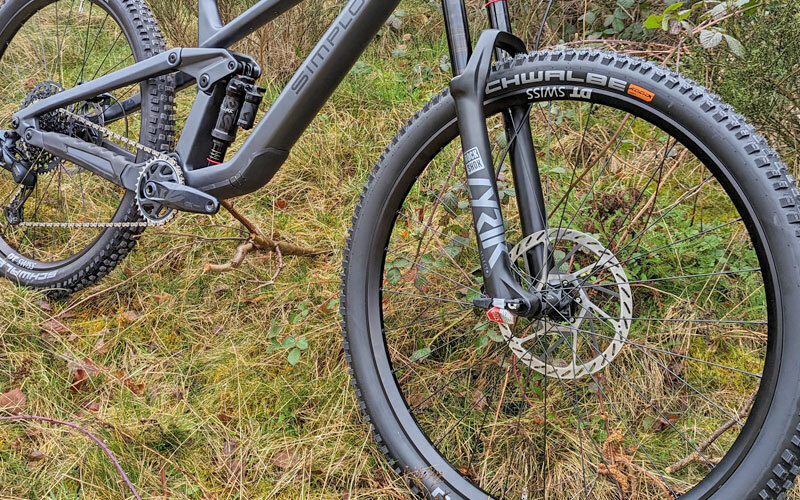Beginners Guide to Gravel Riding
Firstly, depending on where you live in the world, ‘gravel’ bike riding can often realistically end up involving more ‘mud’ than ‘gravel’ – all terrain in a nutshell, from tarmac roads to tame Mountain bike trails. The type of terrain isn’t too important with a gravel bike though, pick the right tyres for the rides you want to tackle, and away you go!
.jpg)
What is a gravel bike?
On the face of it, a gravel bike looks a bit like a regular drop handlebar road bike but with fatter tyres. However, there is more to gravel bikes than fat tyres. Frame geometry is usually more relaxed for a more comfortable, stable ride over all types of terrain. Gravel bikes have disc brakes so that braking is consistent in all types of ride terrain and weather. Most gravel bikes feature ‘thru-axles’, these connect the wheels to the frameset, they offer a more solid axle to frameset connection.
What new skills will I need to Learn?
Gravel riding is all about the terrain, so on looser or softer surfaces you need to be smooth with braking, steering and accelerating to minimize loss of traction and remain upright. While this is already ‘second nature’ for mountain bikers, road riders tend to need to adapt their riding and think about it more, initially at least. As you ride more, on different surfaces, you will start to automatically choose the smoothest, driest and easiest lines to avoid issues – by happy coincidence, these are usually the fastest lines too. Riding through big splashy puddles is all well and good, until you get home, and need to clean your bike and kit. If you are riding with others watch the lines they choose before you commit to yours. If you are on your own, keep a good look out for softer or rougher ground and try to avoid it.
.jpg)
Riding on tracks and trails may well bring you into closer contact with wild animals or dogs, it’s worthwhile being wary of animals as they can be unpredictable and quick in their movements, try to give them as much space as you can.
On loose gravel try not to brake and turn at the same time. Although gravel tyres are good, the amount of grip they offer is limited, giving the small patch of ground contact rubber more than one job to do at once - can end in tears! Braking before a corner can wipe off speed before you start to make your turn.
Why are Gravel bikes different?
Gravel bike specifications allow for more rugged terrain to be tackled, compared to that which can be done on a road bike. This means that gravel bikes can effectively be used on the road, tracks, trails, tow paths, fire trails and even cross country MTB tracks. If you have a spare set of wheels for road with road tyres, the difference between a gravel bike with road tyres and a standard road bike is very minimal.
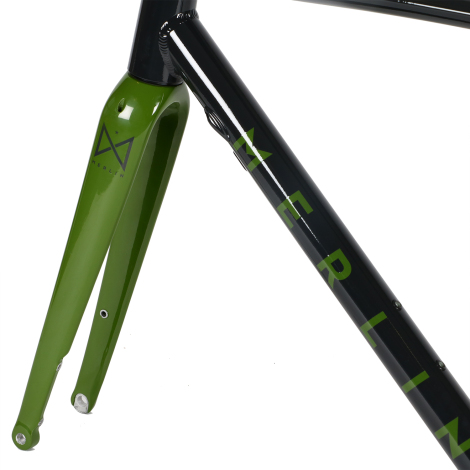
Where can I ride a Gravel bike?
Anywhere that is accessible to the public, (not privately owned land) can be ridden on a gravel bike. So, in the UK, green lanes, bridleways, forest fire-trails and off road tracks are ideal for entertaining you on a gravel bike. One good thing about gravel bikes is that they can be ridden on the road with near road bike performance, so connecting green lanes with bridleways and trails using quieter road isn’t the chore that riding a MTB on road is.
What should I look for in a Gravel bike?
Entry level gravel bikes usually feature an aluminium frame, carbon forks, thru-axles and either a Shimano or Sram groupset. Braking is either cable disc (on lower cost bikes) or hydraulic braking on slightly higher spec bikes. Between £1000 and £1500 bikes get more ‘gravel specific’ so hydraulic brakes and gravel specific groupsets such as Shimano GRX become more prevalent. The more ‘gravel specific’ theme continues with framesets manufactured from higher spec tubing and internal cable routing. Wheels and finishing components (Bars, Stem etc) also tend to be of a better spec’ at this price point.
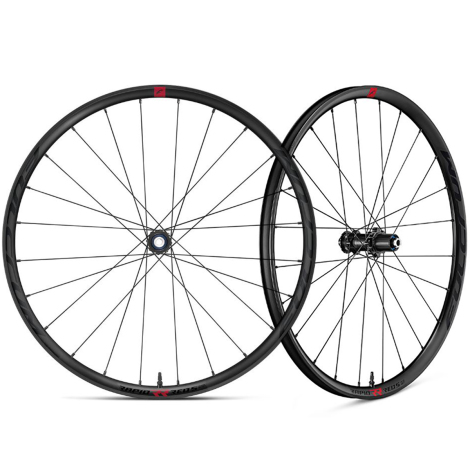
Does the frame material matter?
Gravel bikes, by their very nature, attract day-to-day knocks from stones & rocks as well as prangs from over-estimating skill levels – So it makes sense to ride a bike that is light and responsive, but not susceptible to terminal frame damage from day to day gravel riding – aluminium is the best material for this. While entry level carbon frames might look racy and pretty flash, if you are riding gravel tracks regularly, there is a fair chance it won’t last. Entry level carbon is often structurally inferior to more expensive carbon – this is important with bikes that get bashed around in their day-to-day riding. Aluminium copes with the bangs and knocks much better and can also be recycled at the end of it’s life (saving around 95% of the processing cost in terms of energy required for production), carbon fibre ends up in land fill.
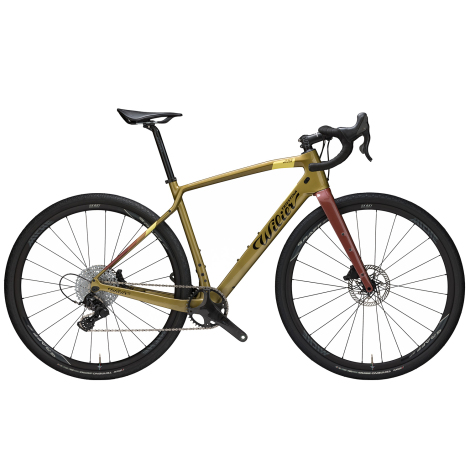
Are all gravel bike tyres the same?
There are a lot of different tyres for gravel bike riding, this is because there are lots of different types of terrain and lots of size options too. Generally, smoother gravel can easily be tackled using tyres with finer, more tightly packed small knobs. Rougher, rockier or muddier, more varied terrain is ideal for tyres with wider spaced bigger knobs which bite into the ground better for grip. Tyre pressure is also very important, use your tyre manufacturer recommended pressure range to ensure the best performance of your tyres.
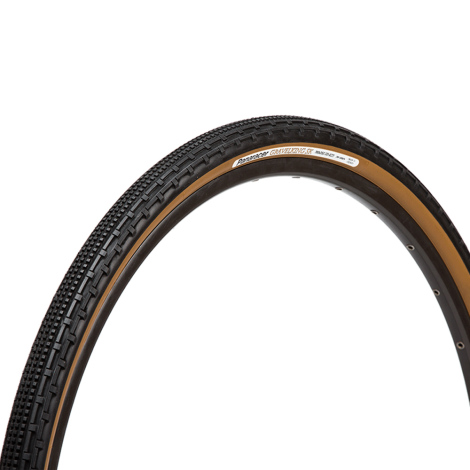
What’s the best way to start Gravel Bike Riding?
Get a map of your local area! (or go on Strava or another training & mapping) Once you know where the best off road riding opportunities are, it’s time to get creative and plan your first route. Keep your first rides relatively short (less than 20k or so) and not too demanding. If it is muddy, try to have either grass or roads before your get home to dislodge lots of the filth from your bike.
Do I need any special clothing?
No, there is no dress code with gravel riding. However, if you are taking things more seriously, then more technical cycling / MTB clothing will help you stay warm and comfortable for longer. Use either road or mountain bike shoes depending on what your ride terrain calls for. MTB shoes have a recessed sole which is better for walking on un-ridable or trickier terrain. Smoother, flatter gravel tracks that don’t require walking could easily be tackled with road pedals and shoes.
